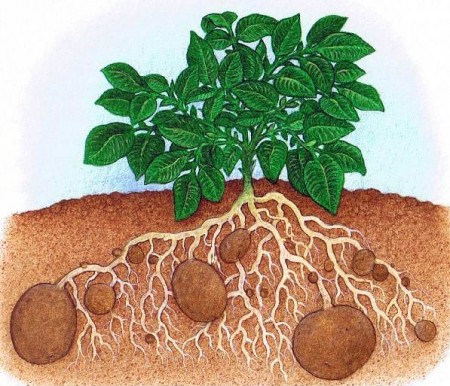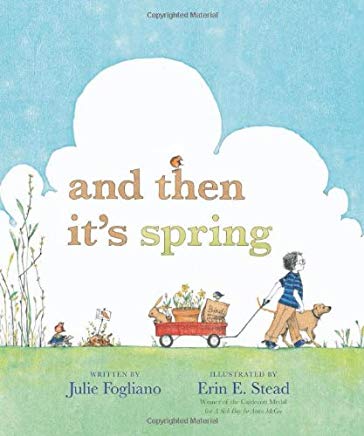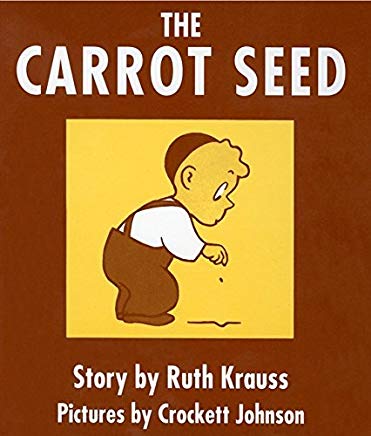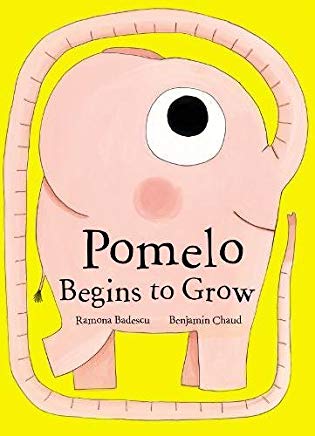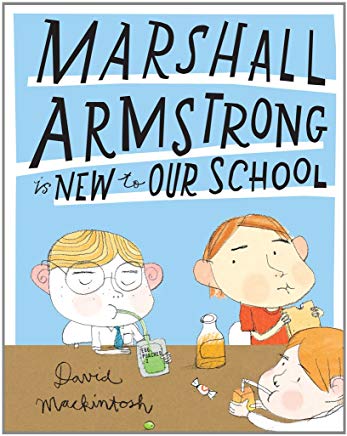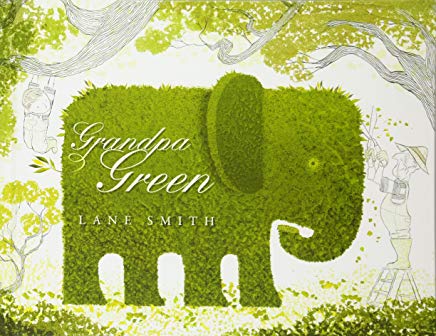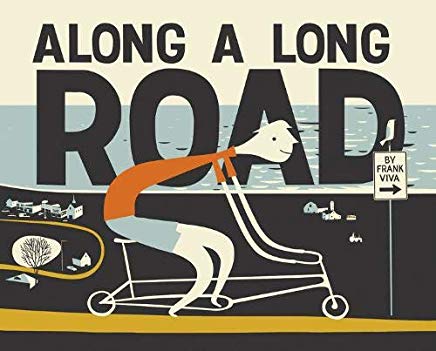The Blog
Blog Entry
Mud Luscious
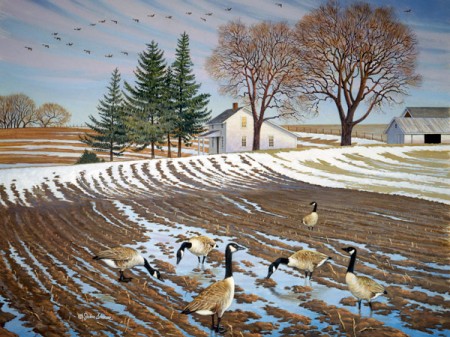
Every few weeks a book shoots briefly across the publishing firmament which restores and even enlivens my faith in this shoestring operation you see before you. Because anyone can go and unearth the titles they remember from childhood, and draw up a list in the name of nostalgia, but that is finally a little depressing – isn’t it? – like the tree you break out of your basement every year to redecorate, or the website you assemble from keywords and exclamation points, and sort of forget about, hoping someone will stumble upon the remains. Eventually? Right?
Along a Long Road. Grandpa Green. Marshall Armstrong is New to Our School. Pomelo Begins to Grow. All of these picture books are fresh and bright and soulful and spilling into their margins, all were published to varying fanfare in the last few months, and two are already well on their way to permanent obscurity. The two others will probably follow. Seasons, and inventories, change. Golly, Easter is upon us! Cupcake fairies, anyone?
Which isn’t to yearn for some better, more decorous past – glitter-glued divas were rupturing eyeballs long before Fancy Nancy started dressing like a hooker – only to make a case against the past so often arriving before its time. What’s the hurry? Are there really so many masterpieces waiting in the pipe? Okay then, give me a speedier bike ride than Along a Long Road and I’ll move on, or a more curious newcomer to school and you’ll never hear me evangelizing about Marshall Armstrong again.
So I think I’ll stop talking about The Carrot Seed now that Julie Fogliano and Erin Stead have finally created a worthy successor to Ruth Krauss’s and Crockett Johnson’s agricultural touchstone. Of course there have been many ravishing children’s fables about the magic of planting and tending to a garden, and winning friends, and influencing neighborhoods, but apart from The Carrot Seed, I cannot recall a story so patient, so private, that wasn’t eventually also dependent on fantastical tendrils and toadstools and Amazonian blossoms to string us along – I cannot remember a picture book as modest and true to this subject as Stead’s and Fogliano’s And Then It’s Spring, which you will not find without a miner’s cap if you go browsing.
Barnes and Noble, for one, keeps this buried beneath their display shelves, which probably does not speak well for its prospects, only three weeks after publication. I think I’ll buy it, though I am the only one in my family still justifying the seventeen bucks I spent on Marshall Armstrong, still it’s the forgetting I’m always worried about with books this meticulous, so I really think I will. To have around. Can I borrow a ten?
Though maybe I could wait a couple of months and rescue it from Amazon’s remainder bins for thirty-nine cents – but no, I will take this book home with me, and I will foist it on my family, now, while the earth is still brown, promising and implacable both, because that is the progress of spring, in case we should need a reminder: first “a hopeful, very possible sort of brown,” then brown with “a greenish hum that you can only hear if you put your ear to the ground and close your eyes.”
Yet notice how bright the knit hat, the red wagon, the cardinal in all this inevitable brown. How vivid your imagination of hypothetical wonders – right under your feet, where surely something is happening with those seeds from all the waiting and watering, but also mice just waking up perhaps, and worms, and ants just beginning to tunnel their unknowable infrastructures. Did birds dig up our seeds and have a feast before we got there in the morning? So much can go wrong, it’s amazing it doesn’t always. Like bears. Was it bears that went recklessly rampaging across our gardens even when we have gone to the trouble of also planting signs?
“Please do not stomp here – there are seeds and they are trying.”
Which is probably the least we can ask, and the most we can wish for, as readers and dreamers, in this or any other season.
